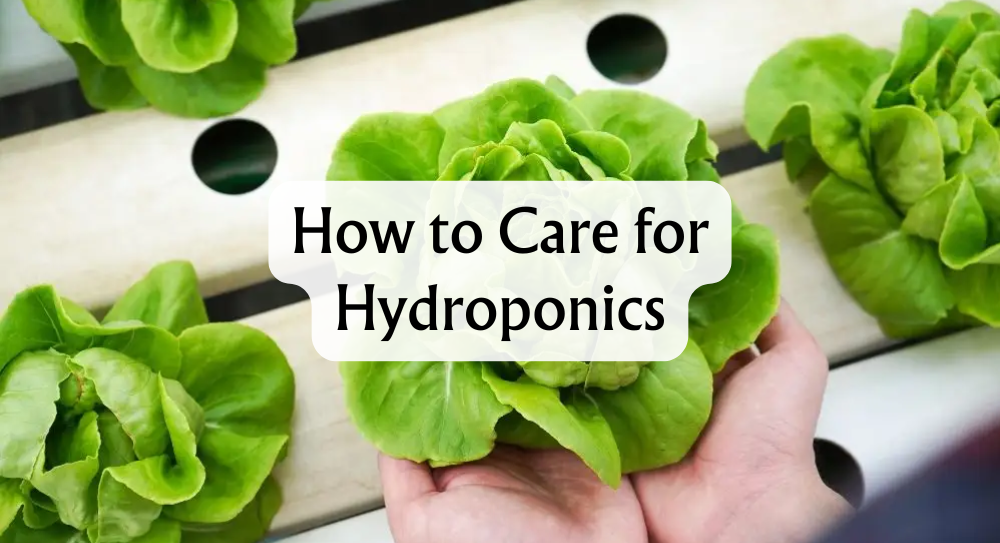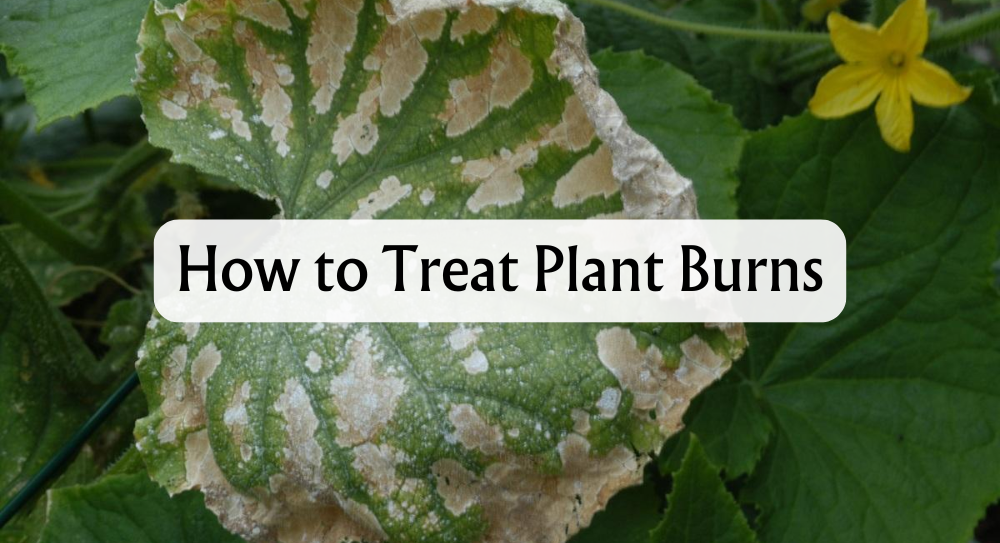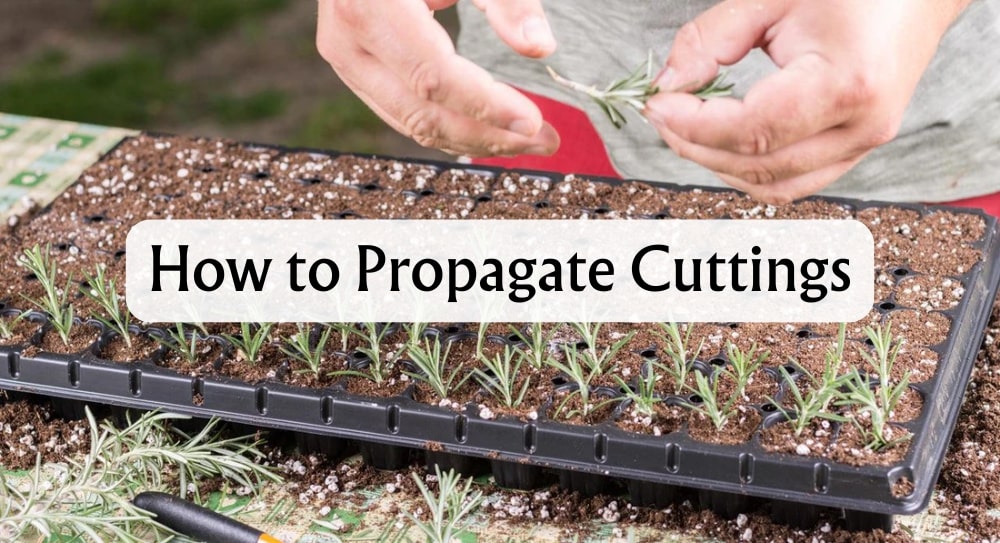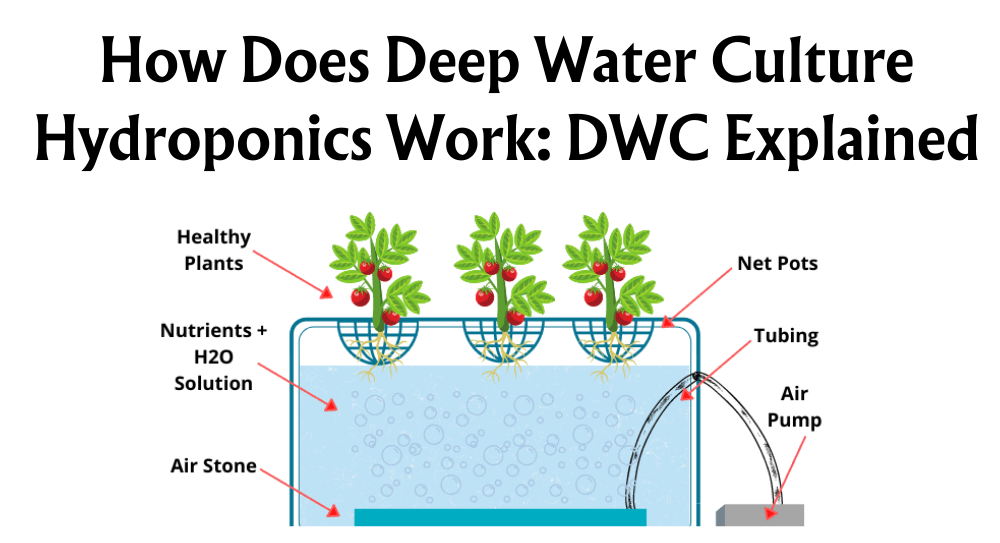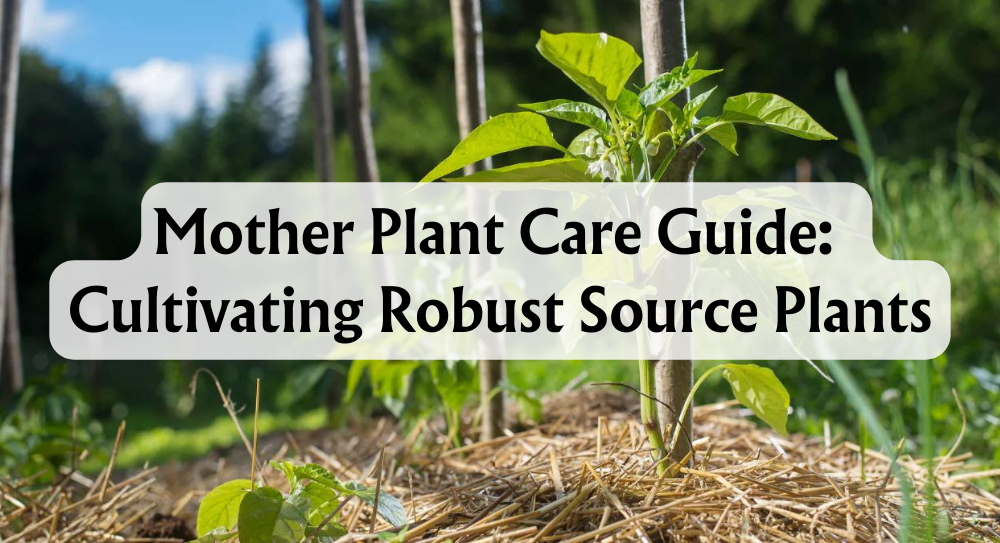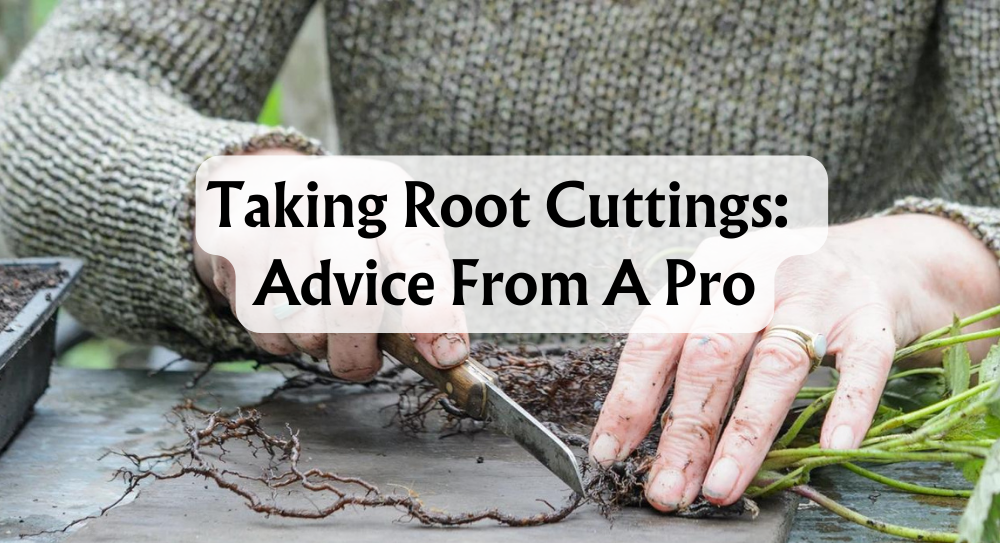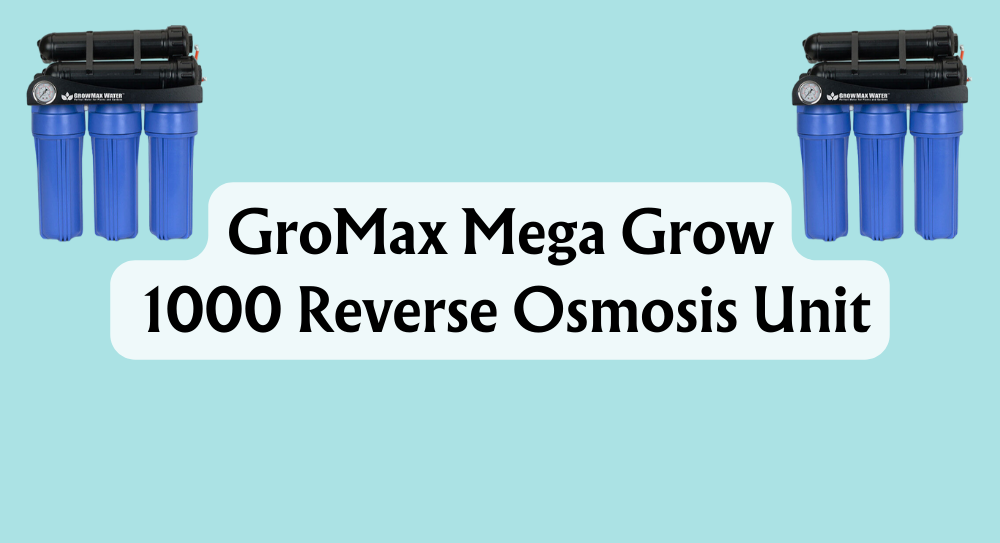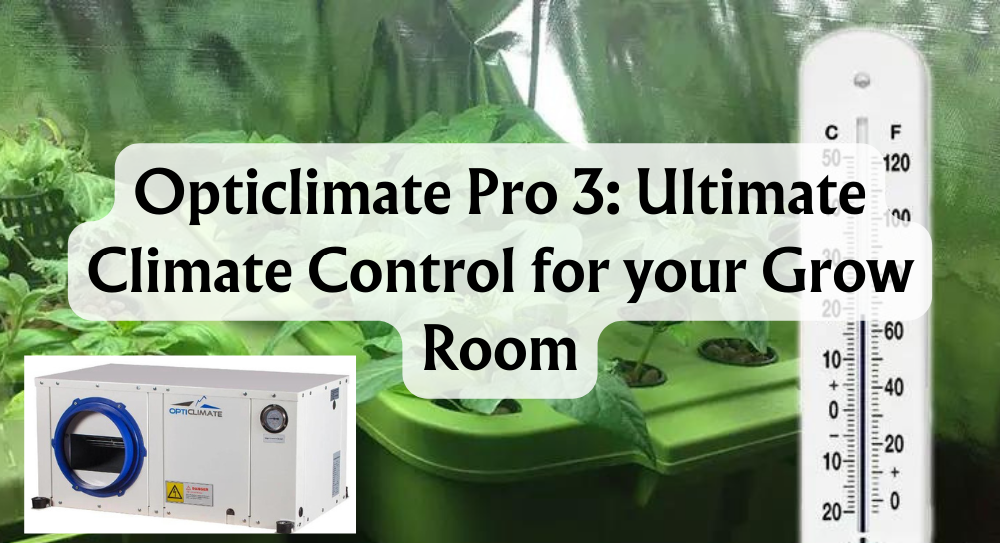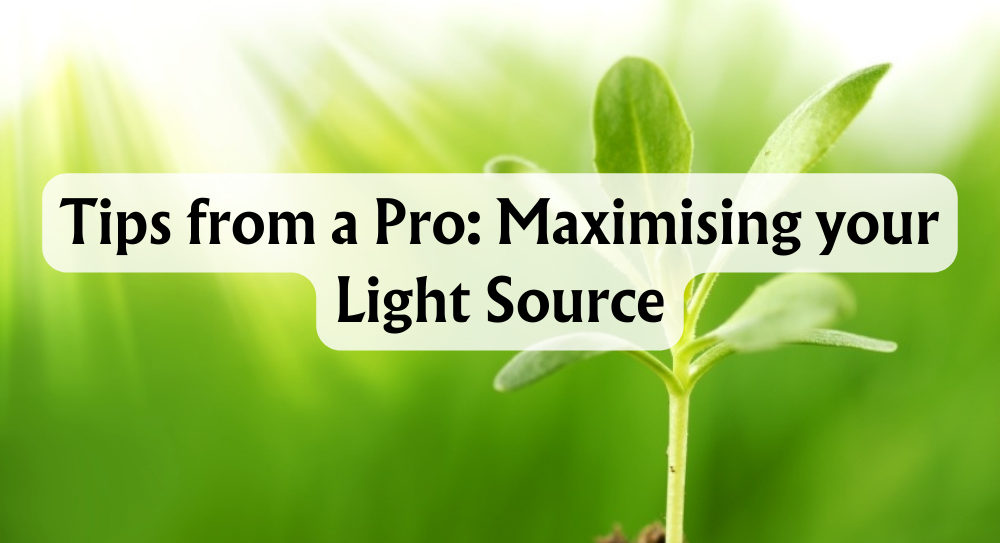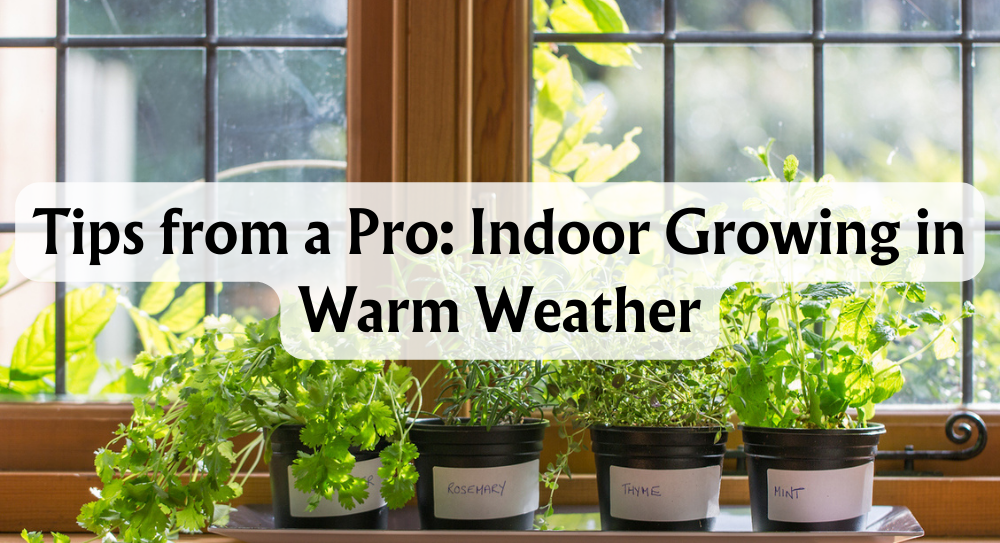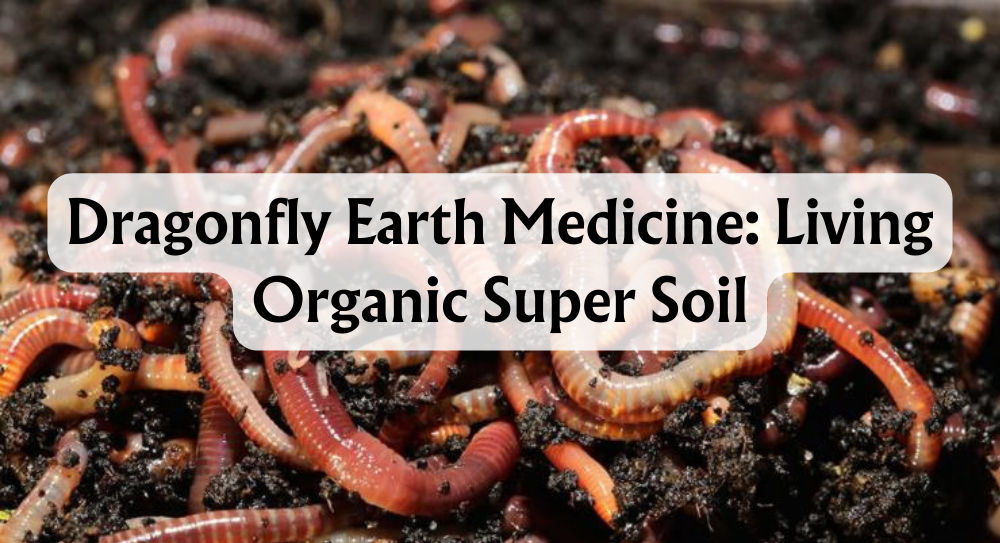Introduction to Hydroponics
As someone with a keen interest in innovative gardening methods, I've always been fascinated by hydroponics. This soil-less form of cultivating plants involves using nutrient-rich water to grow a wide variety of crops. What's truly exciting is the versatility it offers—whether you're an urban dweller with limited space or you have acres at your disposal, hydroponics can be tailored to fit. It's a method well-suited for indoor and outdoor growing, with the added perk of not being dependent on the whims of the weather.
In hydroponic systems, plants are often nestled within inert mediums like sand, gravel, or perlite, which help support the roots and aid in the even distribution of water and nutrients. The precise environmental control is not just appealing; it's revolutionary. Gone are the days of battling soilborne pests or diseases, as the closed design of a hydroponics system significantly reduces these risks. Moreover, artificial lighting systems ensure that regardless of natural light availability, plants receive the optimal wavelengths for photosynthesis.
Key Takeaways
- Hydroponics is a versatile, soil-less plant cultivation method.
- It allows for precise environmental control and can be used both indoors and outdoors.
- It can reduce pest risks and is not dependent on natural light sources.
What Is Hydroponics?
Ever wondered if plants can thrive without the familiar brown earth they're typically nestled in? Well, they can through hydroponics! It's a soilless culture, where I let the plants' roots bathe directly in water rich with essential nutrients. Instead of soil, roots absorb a tailored nutrient solution that fuels their growth, much like a gourmet meal for the plants.
The name 'hydroponics' sounds pretty futuristic, doesn't it? It's coined from the Greek words hudor (water) and ponos (work) – literally meaning "water-working". Fancy growing some vegetables, herbs, or flowers without getting your hands dirty? Hydroponically, it's not only possible but popular.
Here's a quick rundown of the setup. Plants are supported in an inert medium, think rock wool or coconut coir. This medium is like the armchair for the plants – comfy but not nutritional. The real magic is in the water circulating beneath, a cocktail of minerals like nitrogen, phosphorus, and potassium, along with a bunch of others like sulfur, magnesium, and calcium.
So, growth is one thing, but the benefits? Hydroponics uses less water than traditional gardening, a real win for our thirsty planet. Plus, say goodbye to weeding! But it's not a free lunch; balancing the nutrient solution, ensuring ample oxygen supply, and managing water usage is a bit of a tightrope act. The balance must be right or you'll soon face consequences.
My purpose here is to give you the scoop on this ground-breaking way to cultivate plants. It's not just about ditching the soil; it's about reimagining cultivation. Stay tuned, and I'll walk you through the ins and outs of various hydroponic systems, the nutrients that make your plants swoon, and how to tackle common hiccups along the way.
Indoor vs Outdoor Growing
When I think about the magic of growing plants, a few key points sprout up immediately: the type of environment our leafy friends will call home and how it differs depending on whether they're basking in the sun or chilling out indoors.
Indoor Growing Advantages
Having my plants indoors means I've got the reigns on the environment. The control over temperature, humidity, and light is unmatched. Fancy grow lights mimic the sun, providing my greens with their essential photosynthesis fix. Space isn't an issue, either; a small room can turn into a garden! Plus, less water is used compared to traditional soil gardening. The icing on the cake is higher yields – I've seen that plants are often happier and healthier under my watchful eye.
Outdoor Growing Benefits
Now, for a breath of fresh air, let's talk about taking the hydroponic system outside. My wallet breathes a sigh of relief with the lower costs and maintenance. It's a more natural and organic experience, leaning on good old Mother Nature to run the show. I'm not just growing plants; I'm crafting ecosystems with natural pollinators and helpful predators. And let's not forget the reduced energy usage – eco points for outdoor growing!
Considerations for Setup
There's a fair bit to mull over when setting up. Indoors, I factor in the cost of gear, from containers to lighting systems. Space planning is critical – I go Tetris mode fitting everything perfectly. Outdoors, it's all about location; finding that sweet spot where my plants can thrive with adequate sunlight and protection.
Hydroponic vs Soil Cultivation
Hydroponics vs soil – it's like comparing a space-age station to a quaint cottage garden. Soil's great for nostalgia, but hydroponic systems can lead to higher yields and better water usage efficiency. The clincher? No soil means saying goodbye to many soil-borne pests and a cheerio to weeding.
Grow Medium Choices
Let's put on our gardening hats and talk grow mediums. Options abound, from rockwool to perlite, vermiculite to gravels, even sandy dunes or clay pellets could become a plant's new home. Each has its perks. Rockwool, for example, boasts excellent aeration, which gets the plants cracking on growing.
Types of Hydroponic Systems
There's a smorgasbord of systems out there. The wick system is the carefree cousin, simple and effective. Need a little more va-va-voom? Try the ebb and flow or get speedy with the nutrient film technique. High rollers might dig the aeroponics, where roots hang out in the air like they just don’t care.
Monitoring and Maintenance
My inner geek loves this bit. It's all about pH levels, nutrients, and water levels. Fancy gadgets help me monitor, from pumps to aeration systems, all playing their part to keep the greens, well, green. Timing’s a biggie too – keeping an eye on when to feed and when to let the plants sip their water cocktail is key to happy hydroponics.
Growing plants really is a brilliant slice of life, whether indoors with high-tech setups and full command over the climate, or outdoors where the elements have their say.
Environment Control
When I'm nurturing my hydroponically grown plants, I pay extra attention to their environment. Temperature plays a huge part, doesn't it? I've found that my plants thrive when the temperature hovers between 18°C and 26°C. Too hot or too cold and they either slow down or become overactive, negatively impacting their growth and nutrient uptake. To keep things steady, I use a mix of heaters, fans, and sometimes air conditioners — talk about climate control!
Now, humidity – that's another story! Aim for a sweet spot between 50% and 70%, because plants need to perspire too, right? But if there's too much water in the air, they get "sweaty" leading to less transpiration and potential fungal issues. That's where my trusty humidifiers and dehumidifiers come into play, helping to balance the moisture level in the air.
Oh, and let's not forget about pH levels. Those are crucial. We're talking about the pH sweet zone of 5.5 to 6.5 for my greens. I use pH meters and adjusters to dial in that perfect acidity level. Otherwise, nutrients can play hide and seek — present, but not available to my plants.
Finally, there's EC or electrical conductivity. Just for the record, 1.0 to 2.0 mS/cm is the range I aim for. It's like a nutrition meter, telling me how many nutrients are swimming around in the water. It's measured with EC meters, and I adjust my nutrient solutions based on what it tells me.
Here's a quick reference table I put on my wall:
| Factor | Optimal Range | Control Methods |
|---|---|---|
| Temperature | 18°C - 26°C | Heaters, fans, vents |
| Humidity | 50% - 70% | Humidifiers, dehumidifiers |
| pH | 5.5 - 6.5 | pH meters, adjusters |
| EC | 1.0 - 2.0 mS/cm | EC meters, nutrient adjustments |
Remember, consistency is key in hydroponics. Small changes make big waves, so keep an eye out and your plants will thank you!
Lighting Systems
When I think about hydroponics, the first thing that comes to my mind is water. But, let me tell you, lighting is just as crucial. If you're keen on getting those plants to perform photosynthesis indoors, you're going to need some top-notch artificial lights. After all, no light, no life, right?
HID (High Intensity Discharge) Lighting
HID lighting, my friends, is like the powerhouse of grow lights – truly brilliant for those of you aiming to go big in the hydroponics game. These lights are champs at churning out high volumes of light, rather efficiently I might add.
- Metal Halide (MH): Boldly blasting a blue-white spectrum, MH is perfect for spurring on the vegetative growth that leafy greens adore. And they keep on shining, offering about 10,000 hours of light.
- High Pressure Sodium (HPS): If you're looking for blooms, HPS lights with their warm red-orange hues are your best mates. Great for the flowering and fruiting stage, these bulbs stick around for an impressive 18,000 hours.
Just a heads-up though, these lights do turn up the heat and might make a bit of noise – they're not the quiet types. Plus, they come with extra kit like ballasts, reflectors, and you'd probably need a cooling system unless you fancy a sauna.
CFL (Compact Fluorescent Lamps)
I like to think of CFLs as the friendly neighbours of the lighting world – not too intense and great for a cosy indoor setup. If you're starting a small-scale hydroponic project or fancy a bit of a hobby – these are your go-to lights.
- Efficiency: While they're less ambitious in terms of light output, CFL lamps win at being cool-headed, as they don't heat up your space much.
- Spectrum: Emitting a full spectrum, they're particularly chummy with seedlings, clones, and herbs. And with a lifespan of 10,000 hours, they're no short-term fling.
Plus, you can pretty much plug and play with these, as there's no need for heavy-duty installation or cooling systems. Keeps things nice and simple, doesn't it?
LED (Light Emitting Diode)
Picture the Swiss Army knife of lights – LEDs. Whether you're running a giant hydroponic farm or just dabbling with a few pots, LED lights fit the bill. They're the virtuoso of versatility with a tailor-made light spectrum for whatever plants you've got.
- Efficiency: These little diodes are amazing at turning electricity into light with minimal waste – your energy bills will thank you.
- Lifespan: Fancy a light that lasts for about 50,000 hours? LEDs have got you covered; that's a serious commitment to your green babies.
- Heat: Don't worry about them raising the temperature either, as LEDs are pretty cool customers, and they won't disturb the peace with noise.
Whether you've got seedlings or mature plants, LEDs cater to all stages of growth, which is pretty nifty if you ask me.
So, whether you're a seasoned grower or just dipping your toes in the waters of hydroponics, picking the right kind of lighting is key to getting those plants to thank you with growth and bounty. Just remember, it's all about finding the perfect match for your setup.
Hydroponics
Now, let's talk about methods of hydroponics. There are advantages and disadvantages to the different systems used to grow in water. This technique maximises water usage, prevents diseases, and allows for cultivation in regions where traditional farming is a no-go.
Getting Started with Hydroponics
Fascinated by the idea of starting your own soil-free garden? You’ll initially need seeds or seedlings, a growing medium to support your plants (like perlite or coco coir), and a reservoir for the nutrient solution. Ensuring the correct pH levels and water temperature is paramount for optimal growth. Think about germination and nutrient delivery as your first steps to a thriving hydroponic garden.
Maintaining Your Hydroponic Garden
Once your seeds sprout, maintaining the right levels of dissolved oxygen and nutrients in the water becomes a daily dance. Regular checks of pH and nutrient concentrations are essential, and maintaining a successful hydroponic system’s reliability through disease control and balancing economic factors will keep your garden productive.
Scaling Up
Considering taking your hobby to a commercial level? Commercial hydroponics allows for yield maximisation through methods like vertical farming. Global trends hint at a burgeoning market – NASA's use in agricultural research implies potential and hydroponic farming definitely plays into the sustainability narrative, contributing to food security, especially in urban areas.
Challenges and Solutions
Every garden has its pests, and hydroponics faces its unique set of challenges. System reliability, disease control, and economic factors can deter newcomers but fear not, solutions abound from technological advances ensuring stable, productive, and green systems.
Now, let's dive a bit deeper into how different hydroponic systems work:
-
NFT (Nutrient Film Technique)
- Advantages
- Efficient in water and nutrients usage.
- High quality crop yields.
- Disadvantages
- Sensitive to power outages and similar failures.
- Advantages
-
Flood and Drain (Ebb and Flow)
- Advantages
- Great for a range of plants.
- Good aeration for roots.
- Disadvantages
- Can consume more water.
- Advantages
-
Drip Irrigation
- Advantages
- Precise nutrient delivery.
- Adaptable for various plants.
- Disadvantages
- Prone to clogging.
- Advantages
-
Aeroponics
- Advantages
- Roots get maximum supply of oxygen.
- Promotes rapid growth.
- Disadvantages
- Technologically dependent.
- Advantages
-
Deep Water Culture (DWC)
- Advantages
- Simple to set up and inexpensive.
- No need for timers.
- Disadvantages
- Challenges changing water.
- Advantages
-
Aquaponics
- Advantages
- Yields both plants and fish.
- Reduces water waste.
- Disadvantages
- Balancing the aeroponic system can be challenging.
- Advantages
Hydroponics isn't just another way to grow your basil. I’d say it's a potential cornerstone for our future food supply.
Conclusion
Reflecting on our exploration of hydroponics, we've uncovered a method of cultivation that ditches traditional soil, instead harnessing a nutrient-rich water solution to grow plants. The advantages? It's an effervescent promise of conservation, saving up to 90% more water than conventional farming.
Let's roll up our sleeves and give hydroponics a whirl ourselves. You might wonder, "Where do I even begin?" Well, it's simpler than you might think:
- Get savvy with the basics: Understand the key components such as nutrients and growing mediums.
- Choose your system: Whether it's Wick or NFT, all Hydroponic tenchiques have their pros and cons.
- Monitor closely: Keep tabs on pH and nutrient levels to ensure your plants thrive.
I invite you to chart your own course into this watery world of roots and nutrient solutions. Seeking further enlightenment? There's a wealth of resources out there for the curious mind—books, online forums, and community workshops.







 Store Locator
Store Locator

